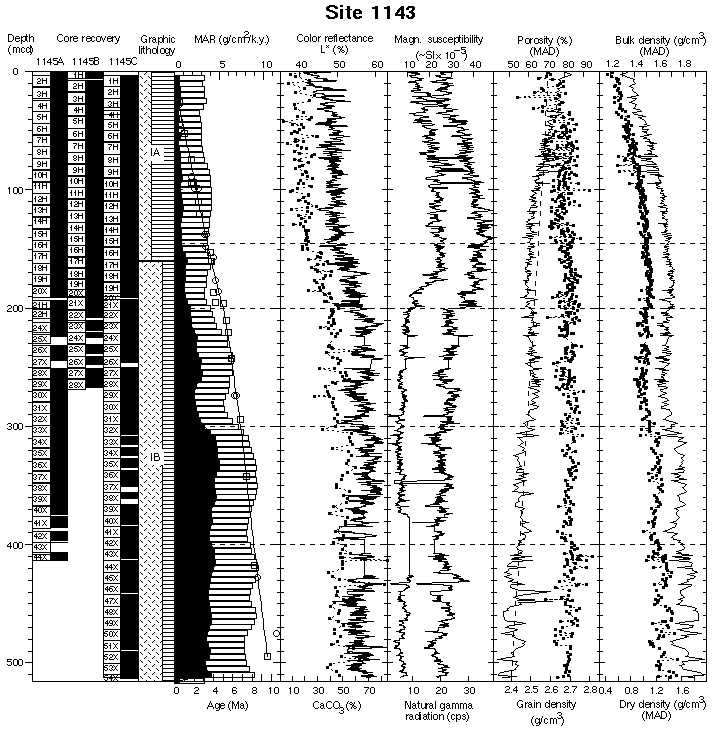Figure 11. Summary diagram of coring results at Site 1143 on the mcd
scale. Maximum penetration measured with the drill pipe is 500 mbsf. The
core recovery column is a graphic presentation of the cored and recovered
intervals for each hole. Larger gaps are the result of coring problems
(<100% nominal recovery); smaller gaps (typically 0.5-2.0 m), revealed by
hole-to-hole correlation, occur even when nominal core recovery is 100%
or more. The graphic lithology column presents the major sediment types:
horizontal line patterns are clay; diagonal dashed patterns are nannofossil
ooze with foraminifers. Lithologic units are also shown. Mass
accumulation rates (MARs) were calculated for total sediment (light gray
histograms) and carbonate only (darker gray, solid histograms) from 5-m
interval sampling of the smoothed depth-age model, dry density, and
carbonate concentration. The smoothed depth-age curve (line) is overlain
with control points from nannofossil (squares) and foraminifer (circles)
biostratigraphy and magnetostratigraphy (crosses [shown for other sites]).
The color reflectance lightness (L*) parameter (solid line) was measured
every 2-4 cm and smoothed with a 20-point moving average for this
figure. Carbonate concentration, expressed as percent calcite (dots with
dashed line), was measured every ~3.5 m. Magnetic susceptibility (thicker
line) and natural gamma radiation (thinner line) were measured every 2-5
cm, and the records presented here are smoothed with a 20-point moving
average. Porosity (solid line) and grain density (dots with dashed line)
were calculated from moisture and density measurements on samples
taken every 1.5-3.0 m. Bulk density (solid line) and dry density (dots with
dashed line) were calculated from moisture and density measurements on
samples taken every 1.5-3.0 m.

Figure 12
Table of Contents

